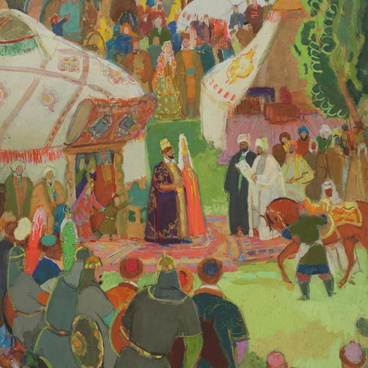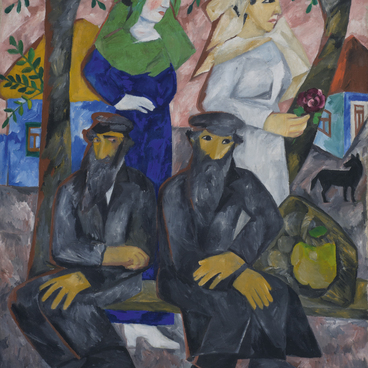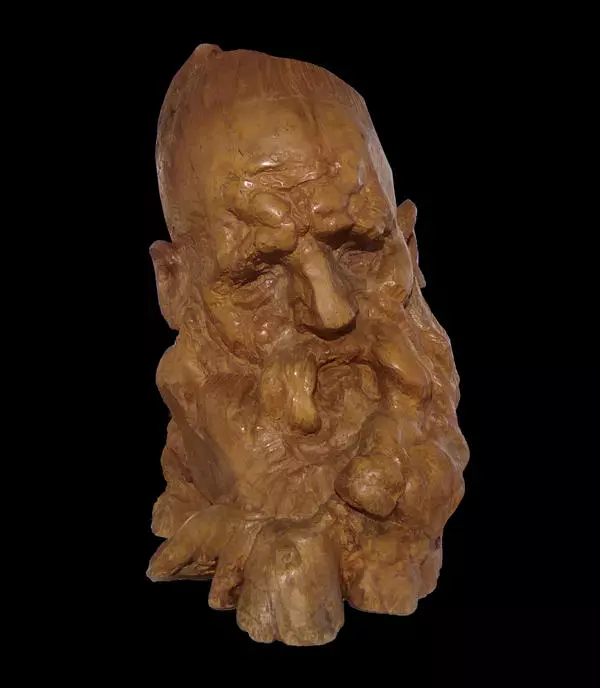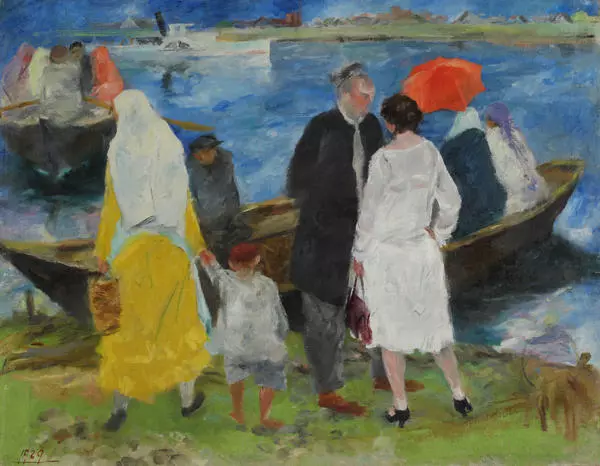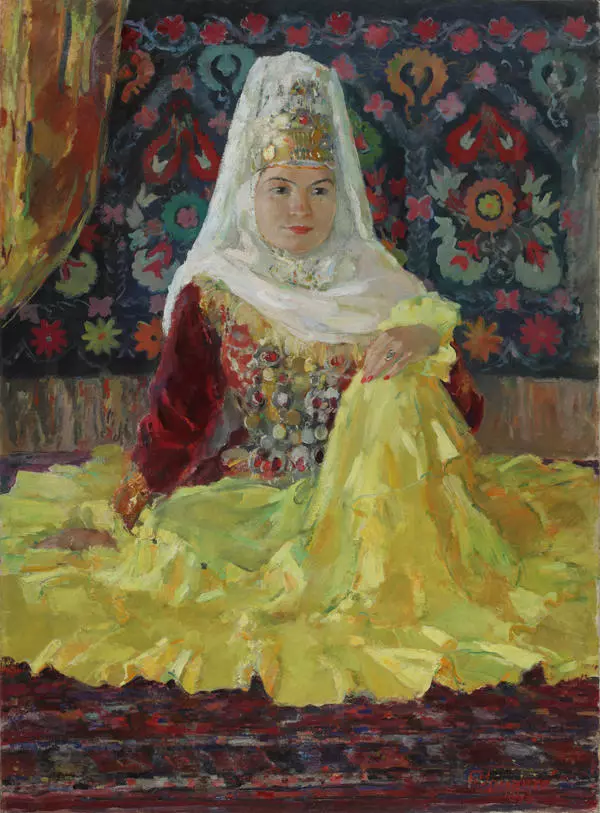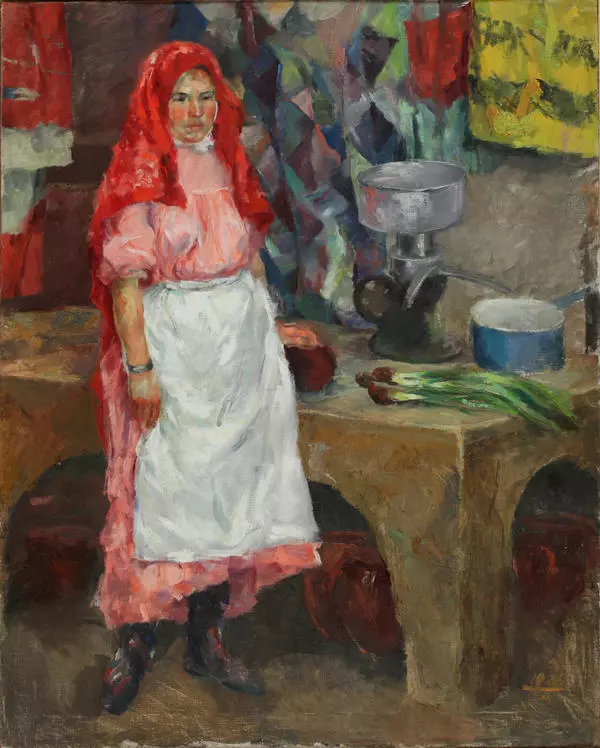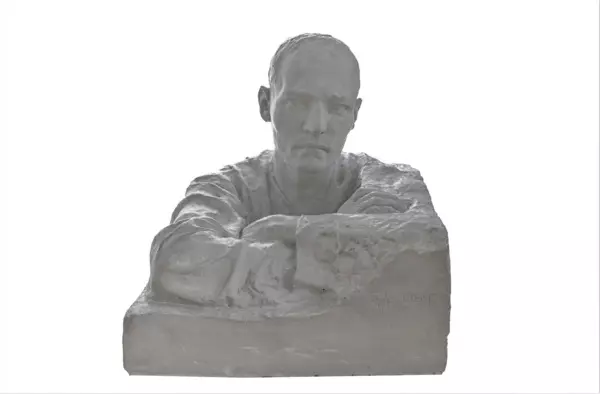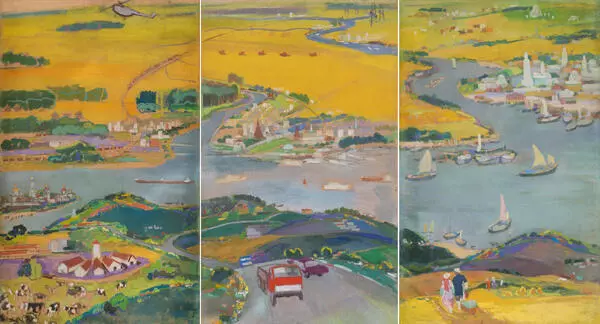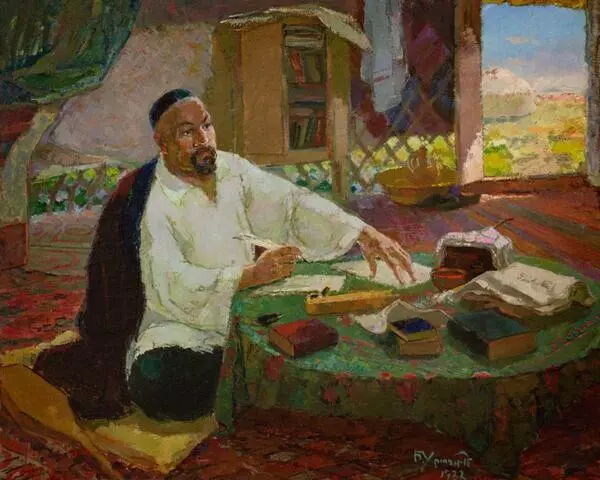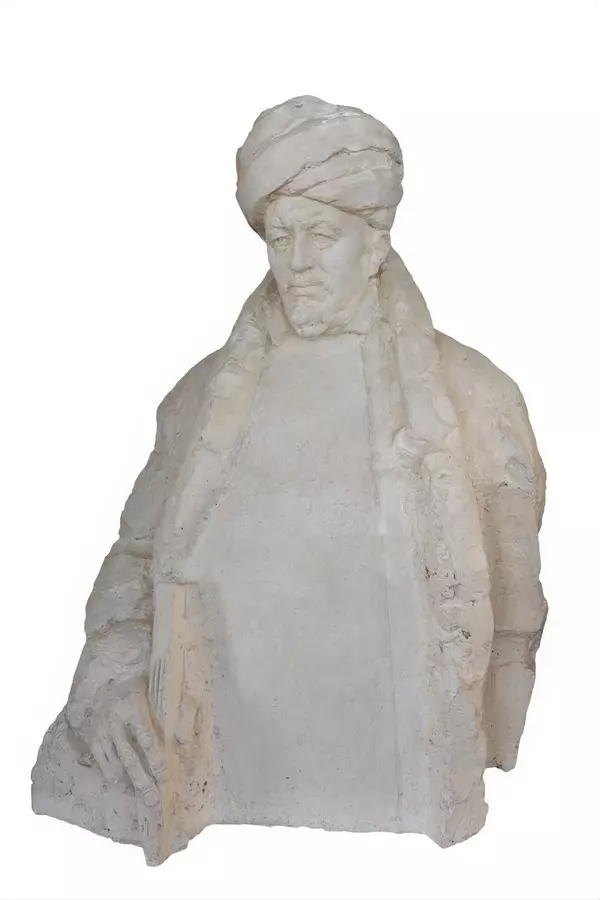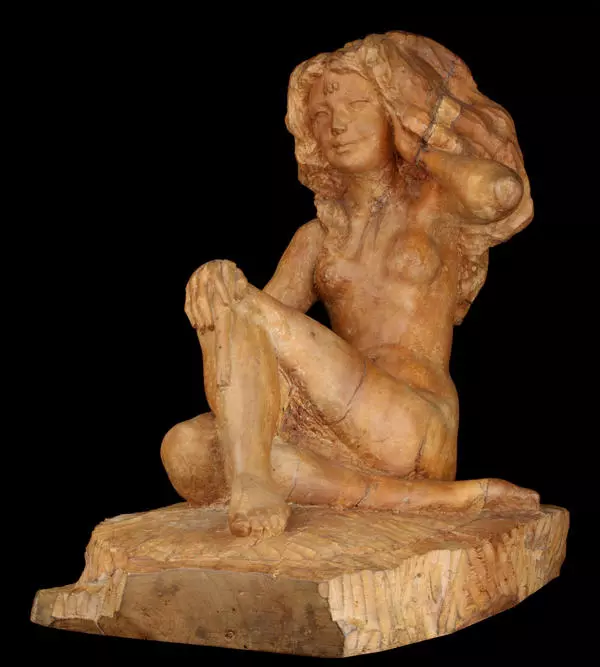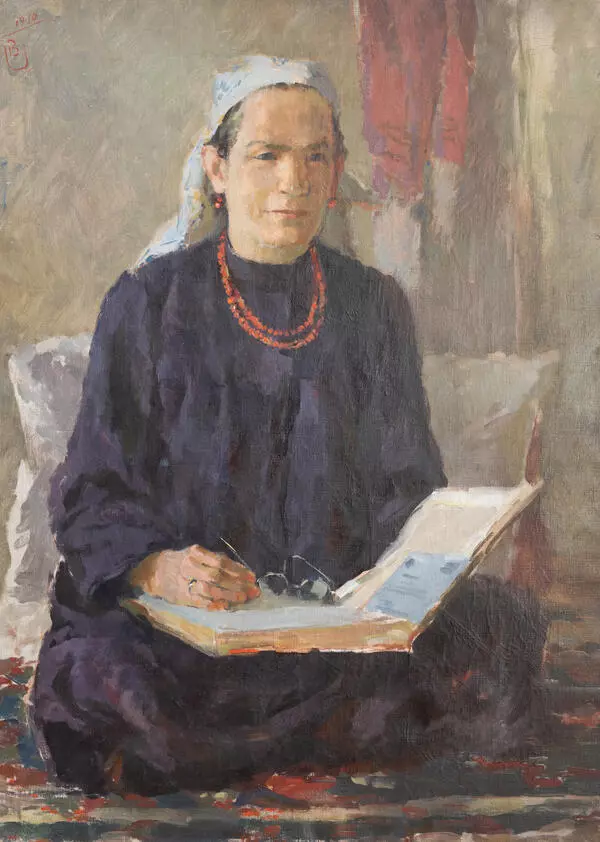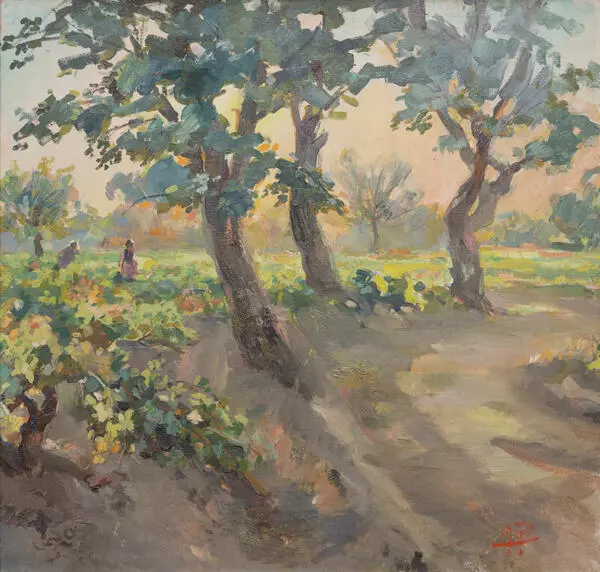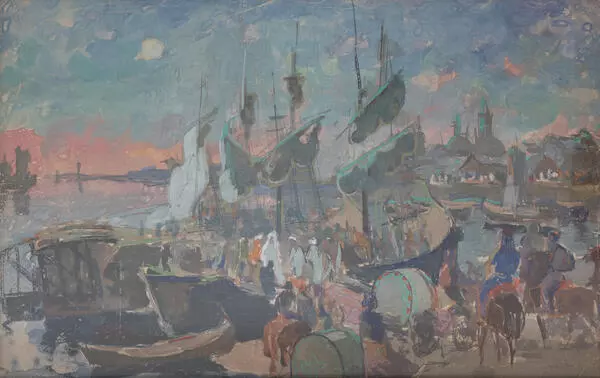Baki Urmanche was the first Tatar artist who received higher artistic education at a Soviet art university: he studied at the Higher Art and Technical Studios (Vkhutemas) of Moscow. In the 1930s, he returned to Moscow, but after four years spent in the Solovki Special Camp, he became a completely different person.
After a failed attempt to return to Kazan where he could not live the life he had led before, the artist moved to Moscow. ‘I have embarked on a new journey with my passion withered away. What kind of journey is this? I don’t have a family anymore. With the Solovki prison behind me, what awaits me in the future? New everyday problems and the creation of a new family’, wrote he in his memories.
The first exhibition of young artists in Moscow became for him a starting point that gave him an opportunity to return to the world of art. Gradually, Urmanche’s life was getting better: museums started to buy his works, and he began to receive good comments from the press. Several years later, he joined the Union of Artists and started decorating the halls of the All-Union Agricultural Exhibition (the modern VDNH, Exhibition of Achievements of National Economy). For it, he created a monumental portrait of Salavat Yulayev, large dioramas, murals and enormous sculptures. ‘As far as craft is concerned, those were the most fruitful and lucrative years’: that was how he remembered his life in the capital. He was getting commissions and could do without thinking about what was most difficult and stressful for him: selling his works.
During that period, Urmanche’s works became especially heartfelt and lyrical. With intimacy characteristic of him, he paints Sara Khanum with Ildar, a portrait of his first wife and his baby son. The mother is leaning over the child that has just woken up from sleep. We cannot see the woman’s face, but the artist managed to convey the tender maternal care through her posture.
The painting is set inside a room without any source of light. Such conditions allow the artist to highlight the key points of the painting the way he thinks fit: he paints people’s figures with bright and light colors, while making the background dark.
Urmanche genuinely admires this touching scene. Here, we can feel the vital power, the love for people and the best manifestations of the human soul, which were the base of his artistic vision.
The first exhibition of young artists in Moscow became for him a starting point that gave him an opportunity to return to the world of art. Gradually, Urmanche’s life was getting better: museums started to buy his works, and he began to receive good comments from the press. Several years later, he joined the Union of Artists and started decorating the halls of the All-Union Agricultural Exhibition (the modern VDNH, Exhibition of Achievements of National Economy). For it, he created a monumental portrait of Salavat Yulayev, large dioramas, murals and enormous sculptures. ‘As far as craft is concerned, those were the most fruitful and lucrative years’: that was how he remembered his life in the capital. He was getting commissions and could do without thinking about what was most difficult and stressful for him: selling his works.
During that period, Urmanche’s works became especially heartfelt and lyrical. With intimacy characteristic of him, he paints Sara Khanum with Ildar, a portrait of his first wife and his baby son. The mother is leaning over the child that has just woken up from sleep. We cannot see the woman’s face, but the artist managed to convey the tender maternal care through her posture.
The painting is set inside a room without any source of light. Such conditions allow the artist to highlight the key points of the painting the way he thinks fit: he paints people’s figures with bright and light colors, while making the background dark.
Urmanche genuinely admires this touching scene. Here, we can feel the vital power, the love for people and the best manifestations of the human soul, which were the base of his artistic vision.
